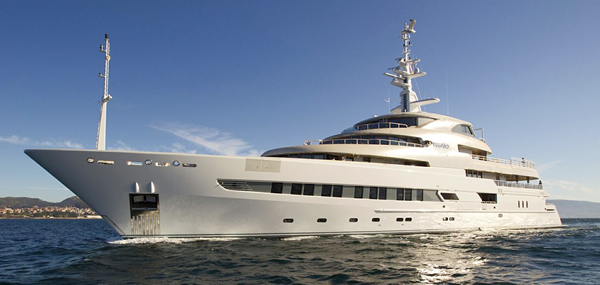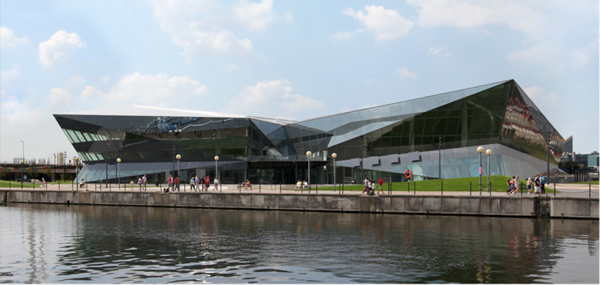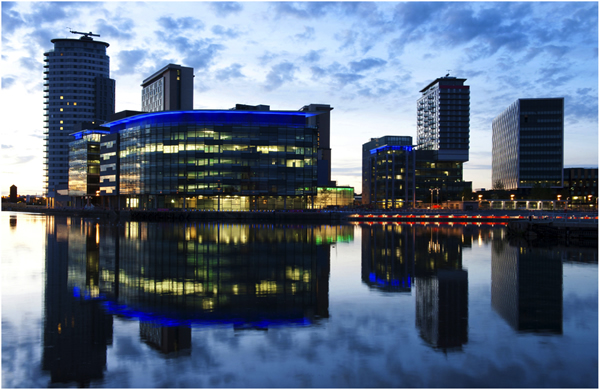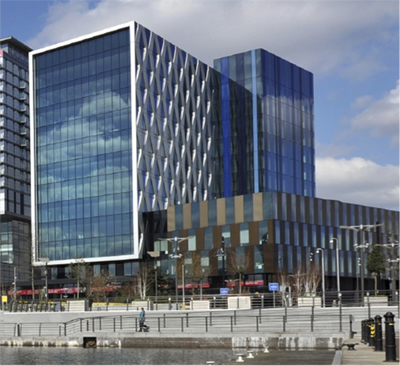 By Geny Caloisi, KNXtoday.
By Geny Caloisi, KNXtoday.
The UK has for many years led the way in technology. The country’s innovation landscape is ever growing, with a young and active tech city in East London and big manufacturers having a foothold in the country. Yes, the recession has hit the building automation sector, but KNX UK has nevertheless expanded and is in good health.
We spoke to Iain Gordon, president of KNX UK Association and founder of systems integration company GES Digital, and to Tara Gartland, KNX UK Secretary, to find out about the current state of the market and the KNX UK journey.
The KNX UK national association was founded in January 2006, but the seeds of the protocol were planted over 15 years ago. Gartland, KNX UK Secretary explains, “Prior to the formation of KNX UK, there was the EIBA (European Installation Bus Association) UK Association, run by Chris Glasow from Andromeda Telematics Limited.”
KNX is the successor to, and convergence of, three previous standards: the European Home Systems Protocol (EHS), BâtiBUS, and the European Installation Bus (EIB or Instabus). Gartland adds, “EIBA UK faded out, but several manufacturers, including ABB, Electrak, Siemens and Wieland as well as large integration companies such as Schneider Electric (formerly Andromeda Telematics) to name but a few, founded Konnex UK in 2006 which became KNX UK in 2008 backed by the KNX Association in Brussels.”
The Association is run on behalf of all the members by a board of eleven elected members from the various membership categories supported by the KNX UK Secretary. As a whole, the board has vast experience in all aspects of KNX in the UK, from product development/wholesale through installation and training, to the end users. The board members represent companies of all sizes, from large corporate through to the small owner-managed installation companies.
Gordon says, “English is the language that most people in the automation industry use. For this reason and because of the experience we have as KNX UK, we have been able to help the setting up of other English-speaking associations around the world. Our website has a wealth of knowledge, from case studies to news – there is a lot of information there.”
Where has KNX been used in the UK?
In the UK, KNX is now used extensively in residential and commercial projects for both new build and refurbishment installations.
Gordon says that in the UK the market, the proportion of residential and commercial buildings using KNX is slightly different to the rest of Europe, “KNX Brussels reports a 70/30% split between commercial and residential projects, whereas in the UK, I would say we do 60% residential projects and 40% commercial. The homes that are using KNX are not small and economic properties, they are high-profile, with products of high value.”
Located near Excel in East London, The Crystal describes what a sustainable city of the future might be like. The whole building uses solar power, LED lighting and ground source heat pumps. At the heart of it, KNX intelligent building control integrates with other parts of the Building Management System (BMS).
As well as energy savings, the KNX option is allowing for central systems monitoring and control of all lights along with automated emergency light testing, system administration reporting and interfaces to other building services such as the fire alarms.
For the ITV project, EnTech used a full KNX field bus solution to cover all aspects of the lighting, HVAC, metering and sub-system monitoring, enabling all services outside of the core plant areas to be picked up by the KNX bus. The result was greatly reduced installation times and costs as there was no longer the need for multiple cabling for separate systems. The design also reduced sensor and control duplication, points of failure and it improved the aesthetic by providing less-cluttered ceilings and control points.
“One of the main differences that we have in the UK is our three-pin 13A plug, but in general, KNX is very easy to adapt in this country,” says Gordon. “KNX is an open protocol, and as such, it offers greater flexibility to the building controls industry. There is a vast array of KNX-certified products available, as well as interfaces to other systems where a proprietary system is essential.”
“Some large projects that go out to tender, might opt for a different system based on perhaps a 1% saving, but this is a false economy in the long run. The level of expectation in the UK and the pursuit of excellence by our engineers mean that they want to get the best out of any system. This is why when KNX, once its many advantages are understood, has to be the BSM of choice.”
Future Growth
“The UK’s long history of engineering excellence has meant that the market was served by many single-company systems which, whilst functional, had limitations and a short life expectancy,” says Gordon. “Although change is always a bit difficult, UK installers, consultants and engineers understand the benefits that KNX brings and we are seeing an increased take up of the protocol.”
Gordon expects that the uptake of KNX will grow quickly as more consultants, architects and building owners become aware of the advantages of open building controls technology and its advantages over proprietary technologies. “The drive for energy efficiency and sustainability in buildings will also lead interested parties towards the benefits of KNX technology.”
Contact
KNX UK currently has 45 members. Any individual or company with an interest in KNX in the UK can be a member – the membership category depending on the main focus of the business.
In 2013, KNX UK is continuing its high-profile promotional programme which includes exhibition participation – Building Controls South being the next show – seminars, PR events and programmes together with specific activities relating to training and membership.
For membership and general enquiries email admin@knxuk.org or Telephone 0845 869 5908.
For technical enquiries contact a KNX UK member through www.knxuk.org












